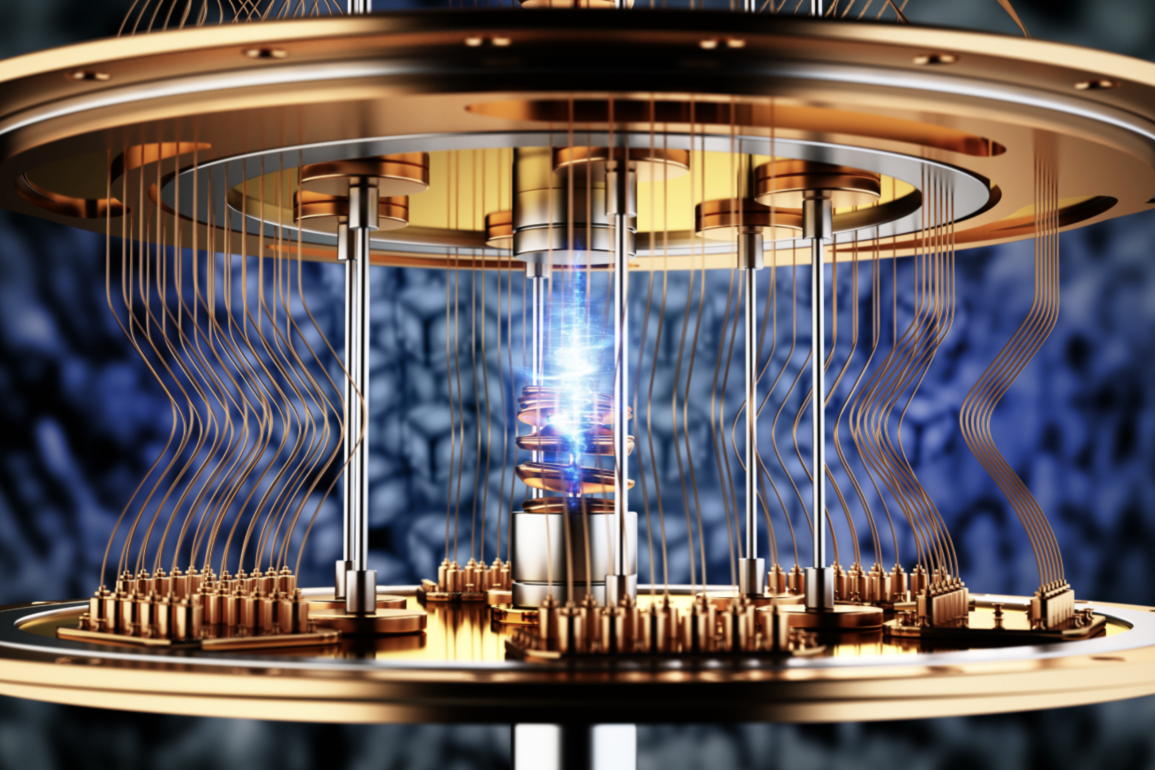In a quiet lab filled with lasers and vacuum chambers, a team of Harvard physicists has achieved what was once thought impossible: building the first-ever quantum computer that can operate continuously without restarting.
The breakthrough, reported in Nature, marks a major leap forward in a race that could redefine the future of computing, medicine, finance, and materials science.
For decades, the promise of quantum computing has glimmered just beyond reach. While existing machines could process information with remarkable speed, they were fragile, prone to failure, and could typically run for only milliseconds before breaking down. Even the most advanced systems struggled to last more than 13 seconds.
More Quantum From Afcacia:
-
They Made Quantum Weirdness Visible. Now, It’s Changing the Future of Computing.
-
Quantum Leap or Quantum Risk? Balancing Innovation and Security in South Africa
But Harvard’s experimental system ran uninterrupted for more than two hours — and according to its designers, could, in theory, run indefinitely.
“There is still a way to go and scale from where we are now, but the roadmap is now clear based on the breakthrough experiments that we’ve done here at Harvard,” said Tout T. Wang, a research associate in the university’s quantum lab.
At the heart of the discovery lies a challenge that has haunted quantum physicists for years: atom loss. Quantum computers rely on qubits — subatomic particles that can exist in multiple states simultaneously, allowing the machines to perform calculations that would take classical computers thousands of years. But those qubits are notoriously unstable. They leak out of their systems or decohere, collapsing under the faintest disturbance — heat, light, or magnetic noise — taking the data with them.
Atomic loss, said Mohamed Abobeih, a Harvard postdoctoral fellow on the team, “is a major bottleneck for this system. Without solving this, there’s nowhere to go.”
That “nowhere” is precisely what Mikhail Lukin, a university professor and co-director of the Harvard Quantum Initiative, set out to change five years ago when he launched the project. A pioneer in the field, Lukin and his colleagues have long sought to bridge the gap between fragile quantum systems and scalable machines that can be used outside laboratory settings.
The key innovation came from reimagining how qubits could be replaced without disrupting the quantum system. Using an intricate combination of laser-based tools — what the team calls an “optical lattice conveyor belt” and “optical tweezers” — they found a way to continually replenish lost atoms while preserving the quantum information already encoded in the system.
The machine currently operates with 3,000 qubits and can inject roughly 300,000 atoms per second, effectively outpacing the rate of loss.
“There’s now fundamentally nothing limiting how long our usual atom and quantum computers can run for,” Wang said. “Even if atoms get lost with a small probability, we can bring fresh atoms in to replace them and not affect the quantum information being stored in the system.”
The collaboration extended beyond Harvard. MIT physicist Vladan Vuletić, who partnered on the project, said the findings could reshape the field’s near-term goals. “Before it was believed that this is at least five years away,” he said. “Now it seems much closer, kind of more on the horizon of two to three years.”
For Vuletić and others, that horizon represents more than just longer run times — it’s a step toward practical, fault-tolerant quantum machines capable of simulating chemical reactions, optimizing complex financial models, or securing communications with unbreakable encryption.
Across the world, research labs and private companies are pouring billions into similar ambitions. Google, IBM, and a host of startups are racing to achieve “quantum advantage” — the point at which quantum systems decisively outperform classical computers. Yet all face the same fundamental barrier: how to keep their delicate qubits alive long enough to do something meaningful.
The Harvard team’s achievement may have changed that calculus. “It’s just a field with a lot of potential for innovation,” said Luke M. Stewart, a physics Ph.D. student on the project. “We bridge this gap between what the hardware can do and what the algorithms promise. It’s an area that’s ripe for discovery.”
The university has been steadily building its reputation as a hub for quantum research. In 2021, it launched one of the world’s first Ph.D. programs in quantum science and engineering. A year later, it announced a partnership with Amazon Web Services to explore quantum networking — the infrastructure needed to connect quantum machines into global systems.
For students like Neng-Chun Chiu, another doctoral researcher in the lab, the achievement is both scientific and philosophical. “We’re really trying to understand what the limitations are and take advantage of the existing platforms we have,” he said. “We would like to know how far we can push the frontier, both on the experimental side and the theory side.”
For now, the Harvard machine hums quietly in its lab, its lasers guiding atoms through invisible lattices of light. It is, as Lukin’s team describes it, a glimpse into a future where computers may one day run, not for seconds or hours, but forever.



